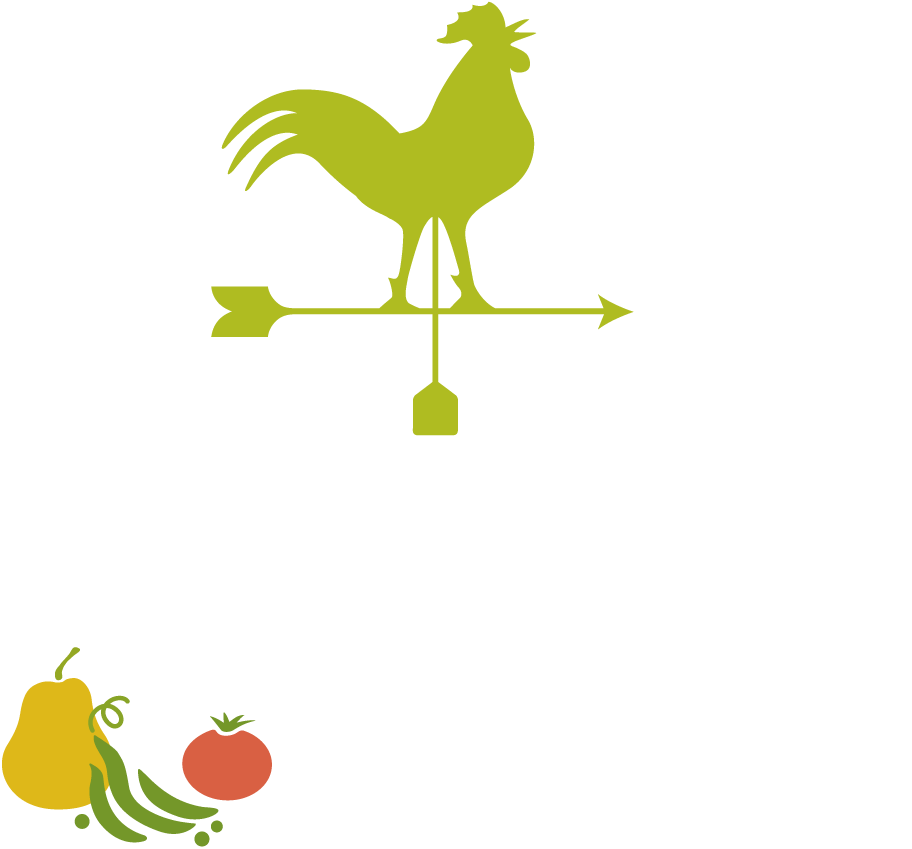Winter Squash
Squashes are a member of the Cucurbitaceae family, also known as the gourd family, along with cucumbers, summer squash (pattypan, zucchini), and watermelon.Winter squash is an excellent source of vitamin A, which helps our vision. They also provide vitamin C to help keep your gums, bones, and blood vessels healthy. Winter squash comes in a wide variety of colors including orange and green. Each color has different antioxidants that our body needs! In the Rogue Valley, winter squash is harvested mid-September through October. It stores well and is available until late winter
History
Humans have consumed squash for over 10,000 years. Squash are native to Central America, between Mexico and Guatemala. Originally, squashes were cultivated for the consumption of their seeds only, as they had minimal, bitter-tasting flesh; over time, fleshier, fruitier varieties were developed. In Aztec, Incan, Mayan and Native American cultures, squashes were grown in companionship with corn and beans.
Storage
- Store out of the sunlight, between 50-60 °F, with good ventilation.
- Depending on the variety, winter squash can be stored between 1-6 months.
- Refrigerate winter squash only if it has been cut or cooked
Cooking Tips
- To ease prep, cook winter squash in its skin whenever possible. To make peeling easier, halve or quarter winter squash.
- Save the seeds—toss with olive oil and salt, then bake at 375 °F for 20 minutes.
Downloads
- Food Hub link for purchasing Oregon Winter Squash
- Classroom Connections
- Family Newsletter English Spanish
- Coloring Page English Spanish
Reading List
- "The Little Squash Seed" by Gayla Scale
- 'Pumpkin Pumpkin" by Jeanne Titherington
- "Too Many Pumpkins" by Linda White


